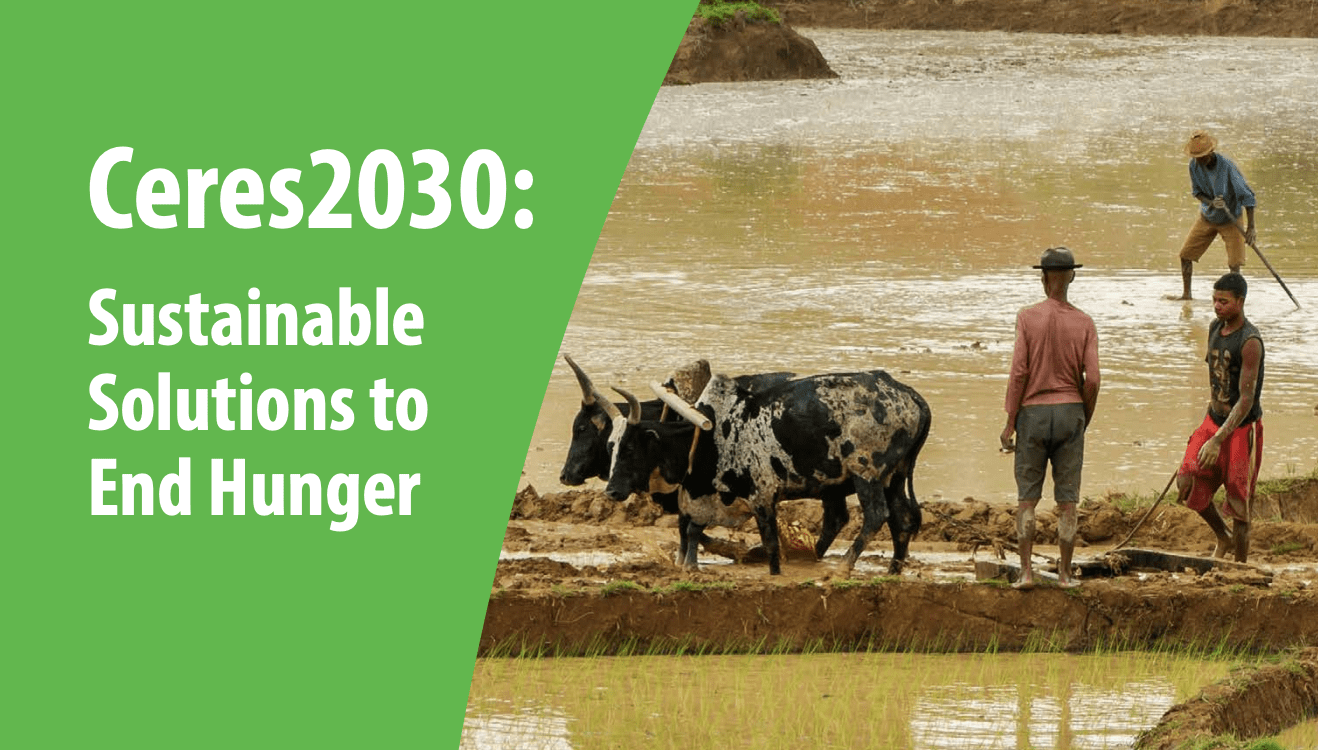Big costs, bigger rewards: How $33 billion in spending each year can help end hunger sustainably by 2030
- From
-
Published on
07.01.21
- Impact Area

BY SWATI MALHOTRA
The Ceres2030 project has shown the urgent need for additional investments—a yearly average of $14 billion from donors and $19 billion from low-income countries for the next decade—to meet Sustainable Development Goal 2, ending hunger by 2030, and to build more sustainable food security.
But how should that money be spent?
The latest cost report from Ceres2030 (led by IFPRI, the International Institute for Sustainable Development (IISD) and Cornell University) outlines how the $33 billion in new annual spending should be structured in order to maximize its effectiveness. Modeling shows the additional investments could prevent 490 million people from experiencing hunger, double the incomes of 545 million small-scale food producers and help to restrain agricultural greenhouse gas emissions. The timing is urgent; delays in this spending will have human costs and increase the total costs, while spending early will yield bigger returns.
Related news
-

ICRISAT to Deliver World-Class Services as CGIAR’s Breeding Resources South Asia Hub
International Crops Research Institute for the Semi-Arid Tropics (ICRISAT)07.07.25-
Biodiversity
-
Food security
Strategic collaboration to scale innovation and deliver harmonized, high-quality support across CGIA…
Read more -
-

Shaping policy changes for a sustainable cropping system in Uttar Pradesh, India
International Rice Research Institute (IRRI)03.07.25-
Food security
by Dr. Proloy Deb and Dr. Swatantra Dubey The Central Plain region of Uttar Pradesh…
Read more -
-

Mapping for Resilience: How Spatial Data is Transforming Karamoja Cluster
Ibukun Taiwo02.07.25-
Climate adaptation & mitigation
Pastoral communities in the Karamoja Cluster (a region spanning Kenya, Uganda, South Sudan, and Ethi…
Read more -
